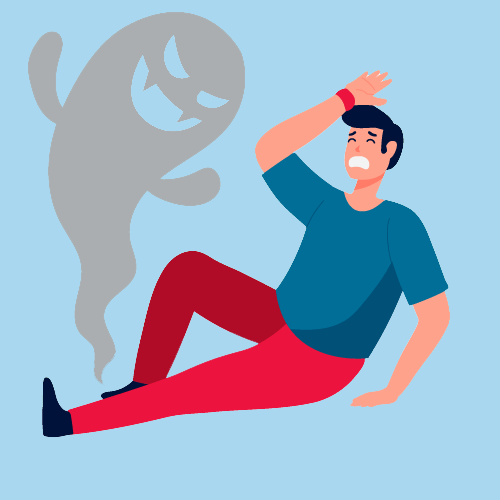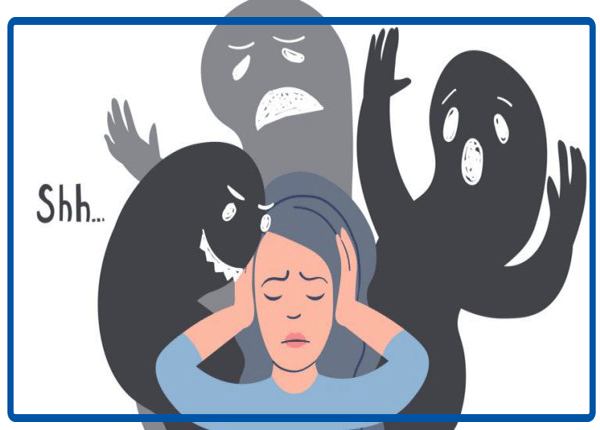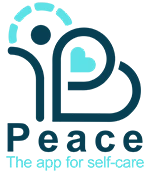Schizophrenia is a serious disorder of the brain that affects a person’s way of thinking, acting, expressing emotions, and understanding. People suffering from this disorder (which is considered to be the most acute and debilitating type of mental illness) often have problems in the community (work environment and school) and in establishing social relationships. This disease is not with the patient for his whole life and cannot be treated, but it can be controlled in appropriate ways. Schizophrenia can be treated and controlled with the help of a psychiatrist or psychologist.
what is Schizophrenia?
Despite what people think, people with schizophrenia do not have multiple personalities. Schizophrenia is a type of insanity, a type of mental illness with which a person is unable to distinguish between reality and imagination. Sometimes people with this disorder lose touch with reality and the world becomes a market turmoil for them with hundreds of images and sounds.
The morals and behavior of this group of patients can be very suspicious and even scary. Sudden changes in the patient’s personality and behavior that occur when there is no recognition of reality and fantasy are called “psychotic episodes.” The severity of the disease varies from person to person.

Signs of schizophrenia
Patients with schizophrenia change their inner world and their behavior and morals in particular, which is probably due to one of the following reasons:
- Social isolation
- Anorexia Delusions
- Illusion (hearing or seeing things that do not exist)
- Feeling controlled by external forces
- Irrelevant words
People with schizophrenia usually do not have any external signs that they are ill. In cases that the disease becomes more severe, the person engages in bizarre behaviors. For example, he may cover himself with aluminum because he thinks this will prevent the spread of thoughts and destructive waves to his brain.
The behavior of people with schizophrenia varies greatly depending on the severity of the disease. In the active stages, you may relate irrational sentences or react with uncontrolled anger or violence to a threat. In the relatively passive stages of the disease, it is characterized by a lack of personality, inactivity, and You may be elated or depressed, but others can’t tell. This is called a flat affect. People with schizophrenia may occasionally experience such excesses, and their behavior is not always predictable.
Read more about depression
Useful definitions for understanding schizophrenia include:
Madness (Psychosis): Loss of connection with reality is called madness. During this stage, one can experience hallucinations or hallucinations that are unaware of one’s actions and some of the issues one raises or believes are not external. Madness is a prominent feature of schizophrenia, but it is not unique to the disease in particular.
Schizoid: This term is used to describe a type of personality disorder in which a person has almost no interest in participating in social activities and on the other hand in interpersonal relationships also expresses a limited range of emotions. Schizoids appear cold and withdrawn in terms of personal social relationships.
Schizotypal: A type of personality disorder whose main characteristics are:
Acute distress in close relationships and disturbances in perception, strange beliefs and behaviors. Often people with schizotypal personality disorder are called “strange and unusual” and the reason is the unusual behaviors and beliefs that are seen in these people.
Hallucinations: A patient with schizophrenia is able to perceive events or happenings that have an external reality only in his world. These can be used in the form of creatures that the patient believes have no sense of sight, hearing, taste or touch. None of these illusions have an external reality and in fact deceive the patient’s mind.
Illusion: Perceptual error in the problems we have in exchange for external. For example, in the visual illusion, a person mistakenly considers a person to see a shadow. Illusions and hallucinations are sometimes confused.
Delusion: A person who suffers from this complication, despite being sure that something is wrong, still strongly believes in it. For example, when the patient is listening to the radio with others, he insists that the radio is sending a secret message about an impending alien invasion. And this while the news that all the people in the room heard at the same time was the repairs made on the roads of the area.

Types of schizophrenia
Types of schizophrenia include:
Paranoid-type schizophrenia
The main feature of paranoid type of schizophrenia is delusions and auditory hallucinations, but the intellectual, intellectual function and expression of emotions is relatively normal. The hallucinations associated with this disease are often in the form of a person claiming to have been unjustly harassed or introducing himself / herself to another person (a famous person).
Patients with this type of schizophrenia experience a variety of states of anger, coldness, anxiety, and rationality.
Disorganized-type schizophrenia
The type of conversations and social etiquette of people with this disease is disturbed and disordered and their words are difficult to understand. Their performance in emotional interactions is considered inappropriate and sometimes exaggerated.
This group of patients may laugh at the change in the color of traffic lights or even at subjects that have nothing to do with what they are saying or doing. These sudden and disordered behaviors can also interfere with the patient’s daily activities such as bathing, dressing, and preparing food.
Catatonic-type schizophrenia
Movement disorders are the most obvious sign of this type of schizophrenia. These patients either keep themselves completely still or climb over doors and walls. Sometimes these patients do not open their mouths for hours or, on the contrary, they repeat all your words exactly and start doing things unnecessarily. Each of these activities exposes the patient to serious risks because it impairs the individual’s ability to take care of himself.
Undifferentiated-type schizophrenia
No specific features can be stated for this group of patients because the signs and symptoms of this patient more or less correspond to the signs and symptoms of the categories studied so far, but this adaptation is not such as to place the patient in a specific category.
Residual-type schizophrenia
Includes people who have had an episode of schizophrenia at least once in the past and although they do not currently have any positive symptoms (positive symptoms such as delirium, hallucinations, speech and disordered behavior) but some negative symptoms are still visible in the person Which can be referred to these signs:
Unwillingness to develop new relationships, expressing inappropriate feelings, slurred speech, lack of motivation and difficulty in enjoying. This condition can lead to a complete recovery of the patient in the transition from a full episode or the person can live for years without any increase in symptoms.


